A Diet of Limitless Technology
By Andreas Mauer, MD
Most physicians recall the medical school ritual of unboxing our first stethoscope. From the first physical diagnosis course, we were all solemnly instructed as to the importance of the physical examination in the diagnosis and of management of illness. Given that perhaps the most notable use of the stethoscope is cardiac auscultation, it would seem that this should hold particularly true for cardiology.
And yet, on moving from classroom to bedside, most of us soon discover that the heart murmur does not hold the cherished place that our teachers implied. Reviewing charts on the typical telemetry floor, one will find a surprising number of cardiac auscultations that produce “no murmurs, rubs, or gallops.” On the unusual occasion when a finding is produced, the physician-in-training quickly becomes accustomed to the words “order an echo.” Clearly, this is not the most cost-effective tactic. Few of us realize that it is also a limiting one.
I discovered this during my final year of residency, when I had the good fortune to spend six weeks on the medical ward at a hospital in East Africa. Though the physicians, nurses, and supporting staff there were uniformly wonderful, they – we – had few resources. There was basic laboratory equipment but for most of my tenure there we lacked the reagents to run a basic metabolic panel. The turnaround for an electrocardiogram was measured in days. And even when the CT scanner was working, few patients could afford the exam. Cost-effective diagnosis was not an option – it was the only option.
I soon discovered that the problem was not that I lacked the skills, for I could indeed recognize many of the signs of disease. Rather, weaned on a diet of limitless technology, I lacked the confidence to believe in my findings without digital confirmation. And so, fighting years of bad habits, I had to slowly learn to trust my physical exam skills. In a young boy with atrial fibrillation and heart failure, I searched for the opening snap of mitral stenosis. In a gentleman with probable myocardial infarction and no possibility of revascularization, I listened carefully for mechanical complications. In a young woman with tuberculosis and a pericardial rub, I observed my first Kussmaul sign. For a physician trained in the West, it was a difficult but enlightening process, but eventually I realized: I could diagnose without testing. I could treat without hedging. I did not need an echocardiogram to manage heart failure, an angiogram to treat ischemia, or a CT scan to diagnose a stroke. Ears, hands, and a brain were often enough.
Since then, as an internist and a cardiology fellow, I have performed my fair share of echocardiograms, angiograms, stress tests, and other studies. I like to believe that most of them were indicated. But when I hold a probe or a cathether, I always try to remember: this is a tool. It is useful, but not necessary. At some point during our training, perhaps we should all be forced to do without the latest and greatest advances. If we do, we might even discover what they are good for.
________________________________________________________________________________________
Andreas Mauer, MD is a clinical and research fellow at Massachusetts General Hospital and a contestant in the 2013 Costs Of Care Essay Contest.
